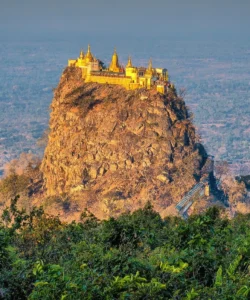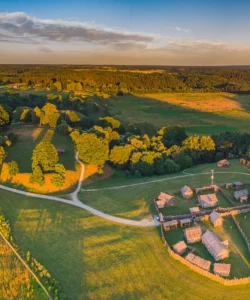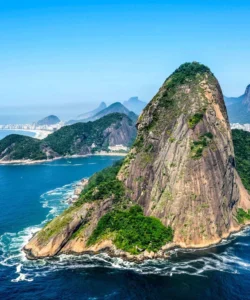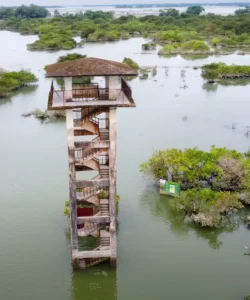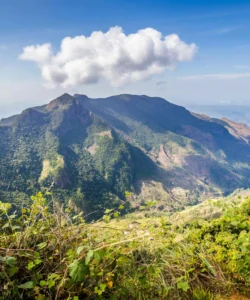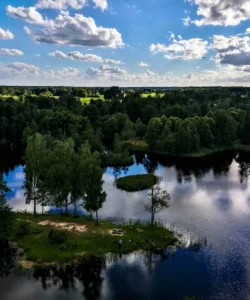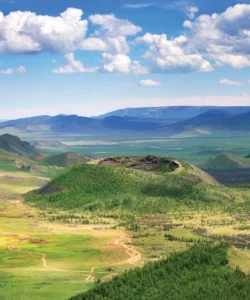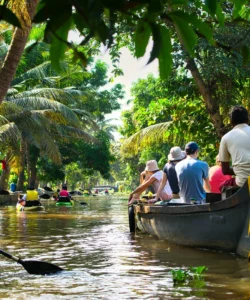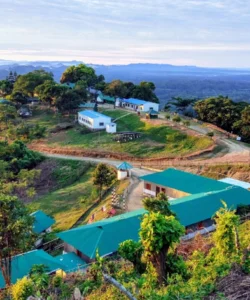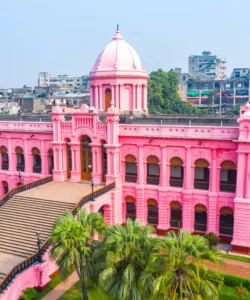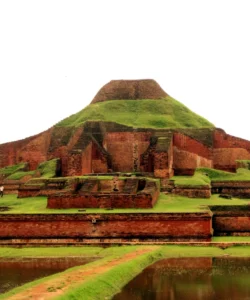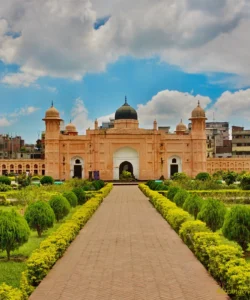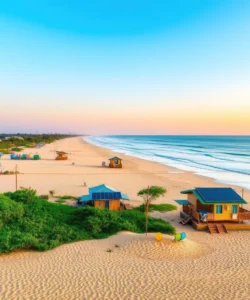Neelum Valley is a breathtaking natural wonder located in Azad Jammu and Kashmir (AJK), Pakistan. Often referred to as “Paradise on Earth” due to its unparalleled beauty, this valley is a long, bow-shaped expanse renowned for its lush green landscapes, towering mountains, gushing rivers, and serene lakes. It offers a captivating blend of pristine nature and unique local culture.
Name: Neelum Valley (Urdu: وادیٔ نیلم, lit. ‘Blue River Valley’; sometimes spelled Neelam Valley)
Address: Neelum District, Azad Jammu and Kashmir, Pakistan. It stretches for about 144 kilometers (89 miles) (or over 200 km by some accounts), running parallel to the Kaghan Valley, separated by snow-covered peaks. Its geographical location is north and northeast of Muzaffarabad, the capital of AJK.
How to Get There:
Accessing Neelum Valley primarily involves reaching Muzaffarabad and then continuing by road, which can be challenging in parts.
- By Air: The closest major international airport is Islamabad International Airport (ISB) in Pakistan. From Islamabad, you would typically travel by road to Muzaffarabad.
- From Islamabad to Muzaffarabad:
- By Car/Taxi: The most common and convenient way. The drive takes approximately 3-4 hours via the Murree Expressway, offering scenic views.
- By Bus: Public and private buses are available from Islamabad to Muzaffarabad.
- From Muzaffarabad to Neelum Valley:
- By Car/Taxi (Jeep/4×4 Recommended for Upper Valley): The drive from Muzaffarabad into the Neelum Valley is approximately 3 hours to reach Keran (one of the first major tourist points). The road conditions vary; while the section from Muzaffarabad to Sharda is generally metalled/carpeted, beyond Sharda (towards Kel and Taobat), the road becomes a challenging jeep track, often unpaved and worn out, requiring a 4×4 vehicle with high clearance.
- Local Transport: Public transport in the form of local minibuses or shared jeeps operates between towns, but these can be slow and less comfortable.
- Within Neelum Valley:
- Jeeps: For exploring the upper reaches of the valley (beyond Sharda), jeeps are essential.
- Trekking/Hiking: Many villages and lakes (like Arang Kel, Ratti Gali Lake, Chitta Katha Lake) require significant trekking to reach, adding an adventurous element. Some places also offer horse riding.
- Best Time to Visit:
- Summer (May to September): This is the peak season, offering pleasant mild weather, lush greenery, blooming wildflowers, and full water flow in rivers and waterfalls. Roads are generally open.
- Autumn (October-November): Offers stunning foliage with golden hues and fewer crowds.
- Winter (December to February): The valley transforms into a snow-covered wonderland, but upper roads may be blocked due to heavy snowfall, making many areas inaccessible.
- Permits: Due to its proximity to the Line of Control (LoC) with India-administered Kashmir, permits may be required for certain areas, and visitors might encounter security checkpoints. It’s advisable to check current regulations before traveling.
Landscape and Architecture:
Neelum Valley’s landscape is a dramatic display of lush Himalayan beauty, where the power of nature intertwines with traditional rural life. Its “architecture” is primarily vernacular, adapted to the mountainous terrain.
- Neelum River: The valley is named after the Neelum River (also known as Kishanganga River), which flows through its entire length. The river is famous for its striking blue color (hence the name “Blue River Valley”), its fast flow, and its abundance of trout fish. It forms a natural border with India-administered Kashmir in certain sections (e.g., Keran).
- Towering Mountains and Lush Forests: The valley is a thickly wooded region with mountains on either side reaching elevations between 4,000 feet (1,200 m) and 17,000 feet (5,200 m). Some peaks, like Sarwali Peak, reach over 6,300 meters (20,700 ft). These mountains are covered in dense pine, fir, and oak forests, creating lush green landscapes, especially in summer.
- Alpine Meadows and High-Altitude Lakes: The upper reaches of the valley feature vast, verdant alpine meadows that burst with wildflowers in summer. Numerous pristine high-altitude lakes (e.g., Ratti Gali Lake, Chitta Katha Lake, Shounter Lake) are nestled amidst snow-capped peaks, known for their crystal-clear turquoise waters and serene beauty.
- Waterfalls and Streams: The landscape is dotted with numerous cascading waterfalls (like Dhani Waterfall, the highest in the valley, and Kutton Waterfall) and clear water streams that feed into the Neelum River.
- Traditional Wooden Houses: The local architecture, particularly in traditional villages like Taobat and Arang Kel, consists of wooden houses, often double-storied, built with timber logs or planks, and sometimes coated with mud plaster for insulation. These simple yet sturdy homes are adapted to the cold climate and seismic activity. Many houses have pitched roofs to cope with snowfall.
- Sharda Peeth Ruins: The ruins of Sharda Peeth, an ancient Hindu temple and university complex (dating back to the 6th-12th centuries CE) located in Sharda village, are a significant historical and architectural landmark within the valley. They reflect a rich past of learning and religious scholarship in the region.
- Arang Kel (The Pearl of Neelum): A famous hilltop village accessible by a challenging trek or cable car from Kel, renowned for its pristine meadows and panoramic views of the surrounding mountains and the Neelum River below. It embodies a fairytale-like charm.
What Makes It Famous:
- Unparalleled Scenic Beauty: Neelum Valley is widely celebrated as one of the most picturesque and enchanting valleys in Pakistan, often called the “Paradise of Kashmir” for its stunning combination of lush greenery, towering snow-capped mountains, vibrant rivers, and pristine lakes.
- Off-the-Beaten-Path Himalayan Experience: Compared to more developed Himalayan destinations, Neelum Valley offers a more rugged, untamed, and authentic Himalayan experience, appealing to adventurous travelers seeking unspoiled nature.
- High-Altitude Lakes: Its collection of incredibly beautiful high-altitude lakes (Ratti Gali, Chitta Katha) makes it a prime destination for trekkers and nature photographers.
- Trekking and Adventure: The valley is a haven for adventure enthusiasts, offering excellent opportunities for trekking, hiking, camping, trout fishing, and jeep safaris to remote areas.
- Cultural Heritage: It is a melting pot of diverse ethnic groups (Kashmiris, Gujjars, Pashtuns), preserving rich local traditions, handicrafts (wood carving, woolen shawls), and unique cuisine. The ancient Sharda Peeth adds significant historical depth.
- Neelum River: The beautiful blue Neelum River, with its fast-flowing waters and its role as a natural border, is a defining feature and a source of various water-based activities.
- Strategic and Geopolitical Significance: Its location along the Line of Control (LoC) adds a layer of geopolitical importance and a unique perspective, where visitors can sometimes see villages and even people across the river in Indian-administered Kashmir.
Differences from Some Other Wonders:
- River Valley as Primary Landscape: Unlike monumental single peaks (Mount Everest, K2) or grand ancient cities (Angkor Wat, Bagan), Neelum Valley’s fame is centered on its long, pristine river valley, defined by the Neelum River and its surrounding mountainous terrain, offering a linear exploration experience.
- Less-Developed Infrastructure: Compared to more established tourist destinations in the Himalaya (like parts of Nepal or Indian Himalaya like Ladakh), Neelum Valley is relatively less developed in terms of tourist infrastructure. This contributes to its raw beauty but means roads can be challenging and amenities basic, offering a more rustic adventure.
- Mixture of Forest, River, and Alpine Lakes: While other Himalayan regions might have one dominant feature (e.g., glaciers in Baltoro, alpine flowers in Valley of Flowers), Neelum Valley boasts a comprehensive mix of thick forests, a major river, and numerous high-altitude alpine lakes, all within its accessible areas.
- Proximity to LoC: Its unique geographical characteristic of running parallel to the Line of Control, making the border visibly present in daily life in places like Keran, offers a distinct geopolitical context that is not found in other natural wonders.
- Balance of Trekking and Driving Access: While many of its most beautiful spots (like Arang Kel or Ratti Gali Lake) require trekking or jeep tracks, much of the main valley is accessible by regular vehicles (though rugged), offering a balance between hardcore adventure and more leisurely sightseeing by road.
- No Single Monumental Structure: Unlike sites with a colossal central monument (Taj Mahal, Shwedagon Pagoda, Lahore Fort), Neelum Valley’s “wonder” is the collective beauty of its diverse natural landscapes and traditional villages, rather than a single grand architectural piece.
Neelum Valley Photos:






















